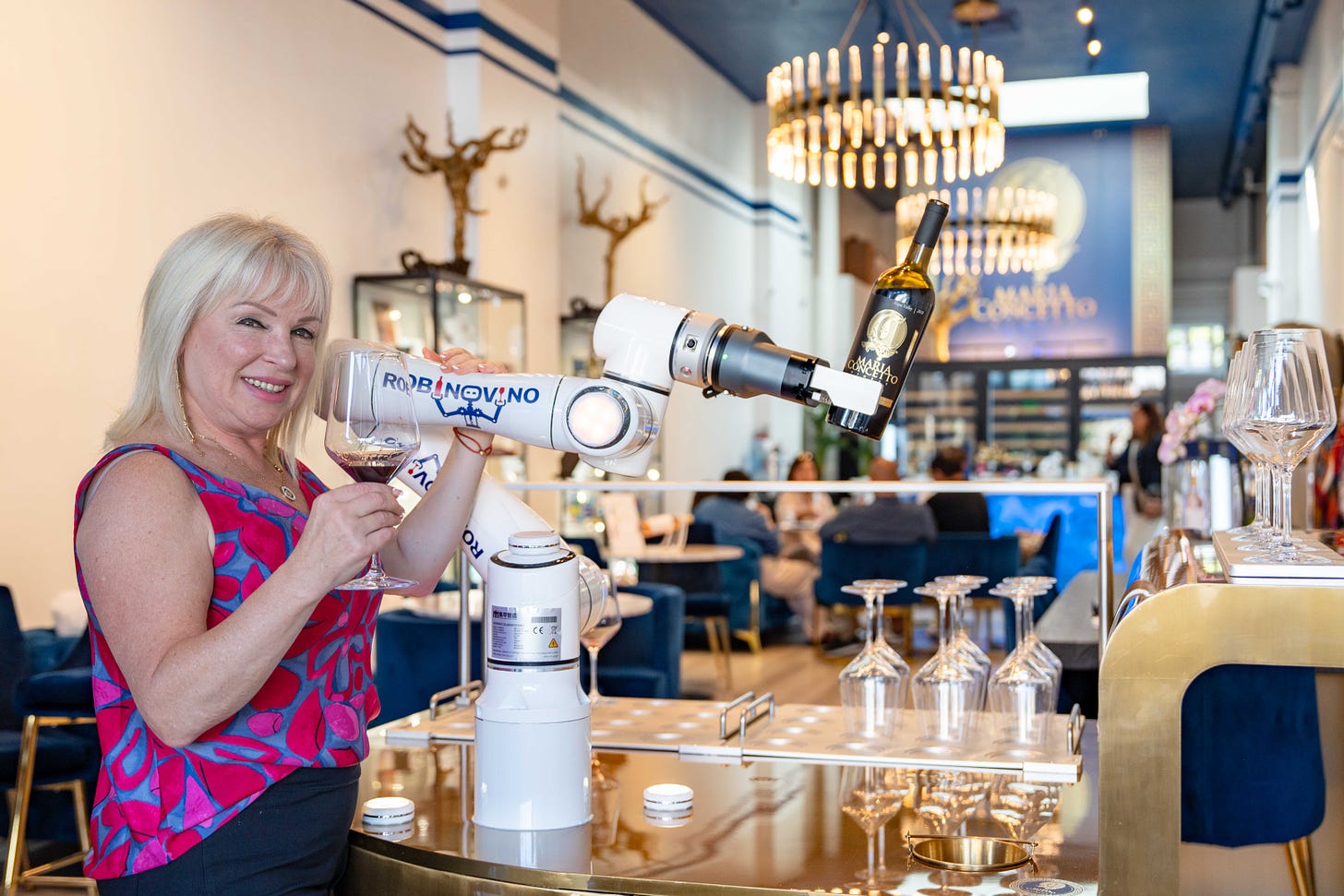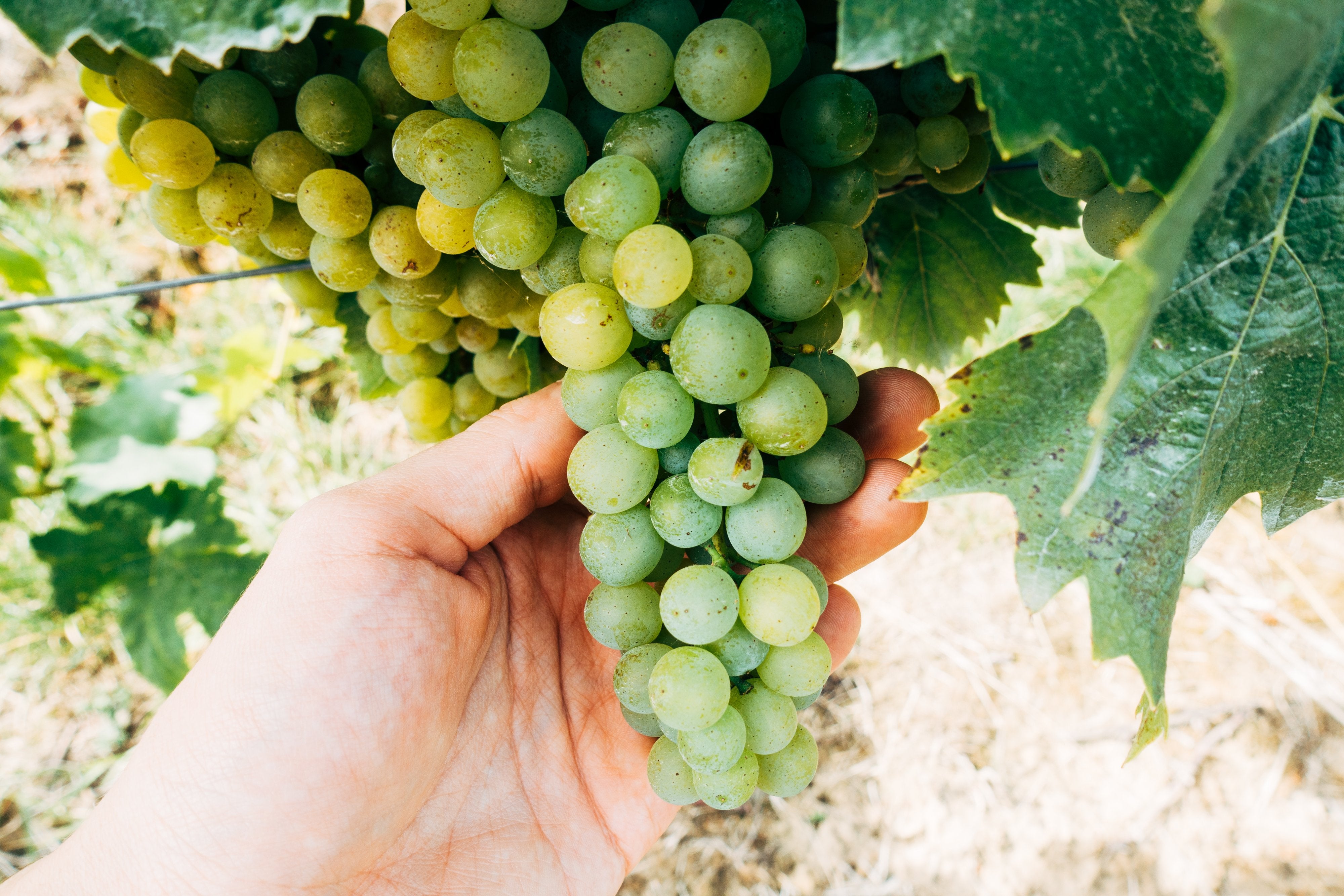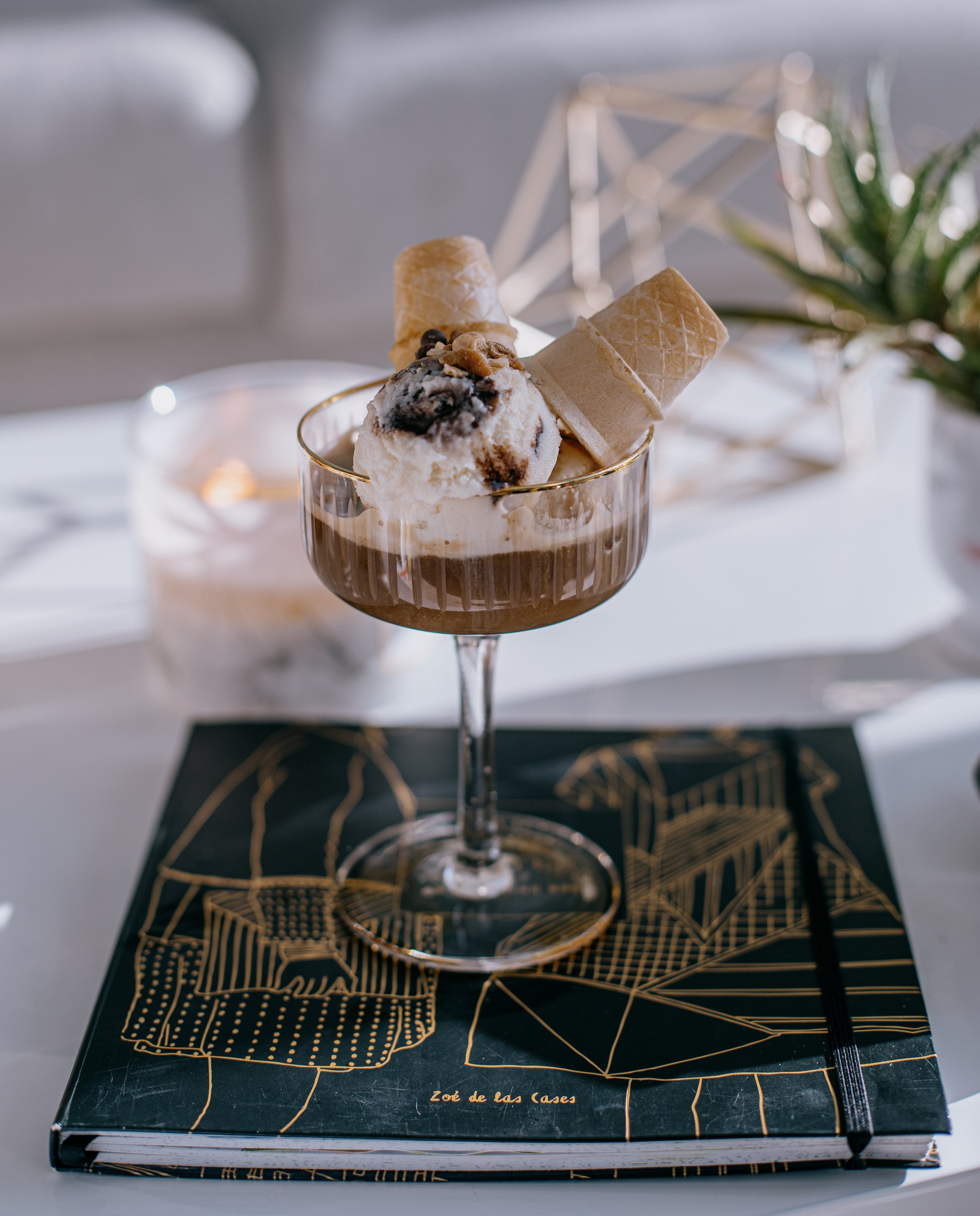Is a robotic arm in Calistoga pouring the future?
CALISTOGA, Calif. — An early-stage piece of technology at Maria Concetto's tasting room in Calistoga is turning heads. Known as RobinoVino, this robotic wine-pouring arm is not merely a novelty but a functional prototype with potentially significant implications for the sector.

Prominently positioned within the tasting room, the robotic device was conceived and designed by Maria Reznikova, the owner, and her team. Manufactured in China at a production cost of approximately $50,000, the apparatus serves as an example of how technology might one day coexist with an industry that has historically revered its Luddite-leaning roots.
“We are doing this because it’s fun and we wanted to be different,” Reznikova said.
It’s also a potential solution for other tasting rooms struggling with staffing shortages and changes in generational preferences.
Demographics in flux
For years, Napa Valley has contended with a complex array of challenges. First, the region has seen an increase in the number of wine-tasting rooms. Second, the wine industry is facing declining demand. A pivotal recent Gallup poll revealed that spirits have overtaken wine as the second most popular alcoholic beverage in the United States for the first time in 30 years, a trend particularly noticeable among younger adults. Adding to this, NielsenIQ data indicate that off-premise wine sales volume remained lower in the first half of 2023 compared to the same period last year.
Third, the local labor market poses its own challenges. Napa Valley's unemployment rate was just 3.6% as of August, making it the second most competitive job market in California, trailing only Marin County. Furthermore, the high cost of living in the area, estimated at $47,365 per year for a single adult according to 24/7 Wall St., positions Napa Valley as one of the most expensive places to live in a state already known for its high cost of living.

Generational interests as key drivers
Napa Valley is celebrated for its top-tier wines and has served as a destination for enthusiasts of varying tastes and priorities for years. The region has continually adapted its offerings to meet the preferences of succeeding generations.
Baby boomers, born between 1946 and 1964, have been key consumers for Napa Valley, leaning toward established wine varieties and prioritizing face-to-face engagements. These predilections have substantially shaped the identity and portfolio of the region's wineries. In contrast, Generation X (born between 1965 and 1980) leans more toward experimentation and has a marked interest in sustainable practices, which has led many vineyards in the area to adopt greener initiatives. Millennials, born between 1981 and 1996, have continued and furthered these experimentation and eco-conscious trends.
Currently Generation Z, born from the mid-1990s to the mid-2010s, is ushering in further change. While not necessarily interested in wines to the level of earlier generations, they have a keen interest in affordability, seamless access and modern conveniences such as digital interactions. This generation's ease with technological innovations — potentially such as robotic wine-pouring systems — hints at a possible new direction for some in the industry. Even though wine might not be their primary beverage of choice at the moment, their willingness to embrace new technologies could represent a promising avenue for the future of Napa Valley's wine sector.
"Social media-savvy younger folks want something they can share online — a robot pouring wine is definitely Instagrammable," Reznikova said.

glimpse of the future or just a curiosity?
For a $75 fee that includes four different wines, guests at Maria Concetto’s tasting room have the option to engage in a wine-tasting session that utilizes the robotic arm, a feature that costs 15% to 20% more than standard tastings. Upon being seated at a designated table, a qualified staff member remotely controls the robotic arm, engineered for both accuracy and a degree of flair. Future plans will allow guests to control the robotic arm themselves via a tablet, adding a layer of interactivity to the experience.
As the session progresses, the robot's meticulous movements and unhurried pace serve as a lesson in patience. The session ends on a lighthearted note, with the robotic arm lifting a wine glass that contains a note encouraging guests to leave a tip, conveniently placing it within their reach.
Launched in the wake of the global pandemic, the robotic arm could be seen as a sign of adaptability and resilience. Yet it poses a critical question: Can technology ever replicate the nuanced art of wine-tasting, a ritual deeply rooted in human senses?
As Napa Valley grapples with generational shifts, economic difficulties, post-pandemic realities and new technologies, Maria Concetto's robotic arm serves as a provocative milestone, but it is unclear if this will just be a curiosity or represent something more transformative.
"Robots will never replace human expertise," Reznikova said. “But it fits with what we are trying to do here — have some fun, do things a little differently and provide our customers with a memorable and interactive experience that they can’t get anywhere else.”











Leave a comment